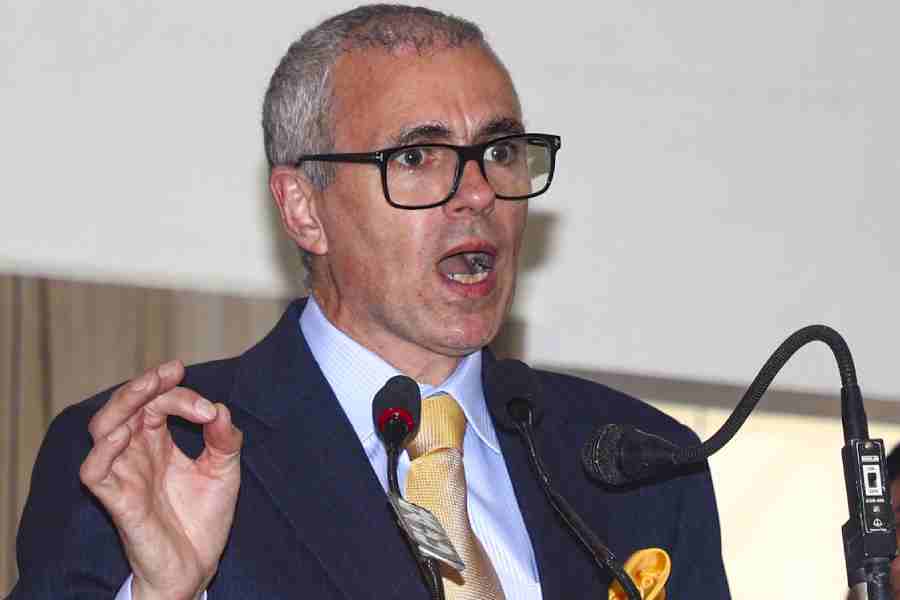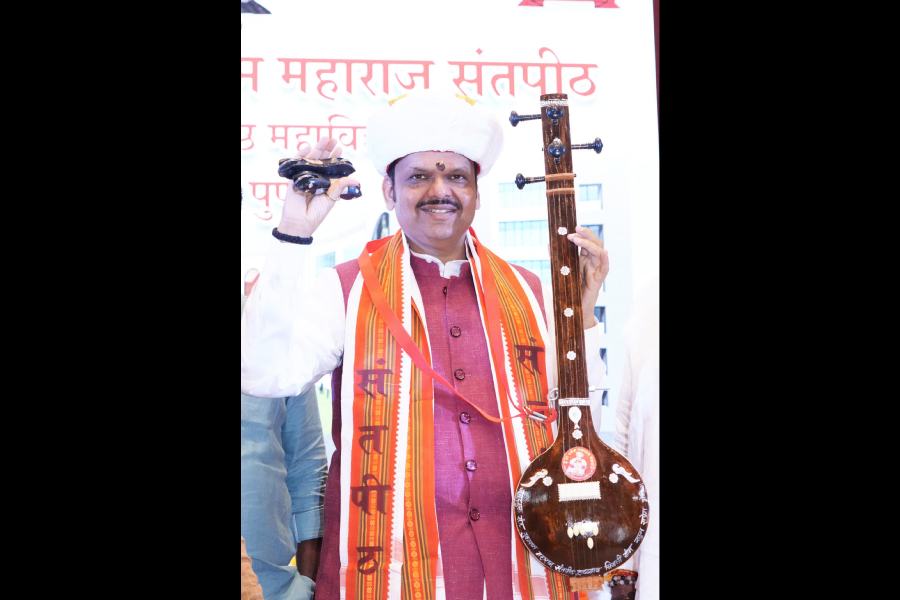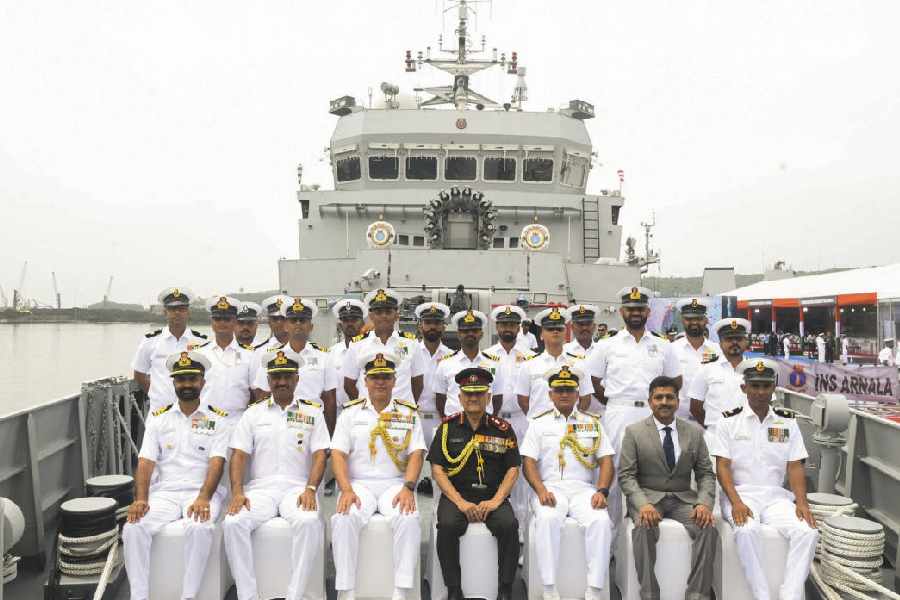 |
Mumbai, Feb. 17: The Indian aviation industry will double its fleet size to over 500 aircraft by 2010 and is expected to fly around 80 million passengers by 2020 from about 50 million at present, a Capgemini report said.
According to the report, the industry will grow at the rate of 24 per cent in 2008, despite the high cost of aviation turbine fuel (ATF).
However, the global consultancy firm said infrastructure gaps and strict government regulations would continue to affect the business. The industry suffered losses of $500-550 million in 2006-07.
Competitive air fares and rising ATF prices are eating into the margins of airlines, and have exposed the sector to intense competition.
Big challenge
The airlines are looking for all possible ways to fight rising fuel charges. ATF prices account for about 35-40 per cent of the operating cost of Indian airlines compared with 20-25 per cent abroad.
ATF costs around Rs 37,800 per kilolitre in India against the international price of Rs 21,800 per kilolitre.
Of the 125 airports in India only 10 are booking profit, according to Capgemini.
The industry wants the government to set up more new airports and relax its charges for using airport facilities.
New entrants
Many new names have entered the civil aviation space in the past few years.
Till 2003, there were three main scheduled domestic airlines — Jet Airways, Indian Airlines and Air Sahara. Since August 2003, Air Deccan, Kingfisher Airlines, SpiceJet, Paramount Airways, GoAir and IndiGo have joined the business.
The industry is now moving towards consolidation with the Air India-Indian merger, Jet Airways acquisition of Air Sahara, and the proposed merger between Air Deccan and Kingfisher Airlines.
Order book
Indian carriers have ordered around 480 aircraft for delivery up to 2012, compared with a fleet size of 310 now. Almost 150 aircraft have been added in the last two years for scheduled services. Some of the aircraft that have been ordered will be used for replacement rather than expansion.
Overseas operations
Experts believe the government, by reducing fuel charges and allowing the private airlines to fly overseas, can go a long way in improving the profit margins of the industry. An airline is allowed to start overseas flights after five years of operation in the domestic skies.
“The airlines should be permitted to start their international operations as soon as possible. This will allow them to offset the losses suffered on fuel charges. A rapid expansion of the existing infrastructure is also crucial. There are a lot of airports in the country that are only used by the Indian Air Force. The number of airports should also be increased,” Hikmat Mahawat Khan, managing consultant (centre of excellence) of aviation, Capgemini, told The Telegraph.
“Lack of an independent regulatory body and the government’s policy to allow only a scheduled carrier with a minimum five years of operation and a fleet size of 20 aircraft to fly overseas are the two major constraints in the way of profit,” an aviation analyst said.
e-ticketing
There is an urgent need to ramp up the IT system and introduce an efficient e-ticketing portal. According to industry estimates, for every direct booking from its website, an aviation company saves Rs 160 in addition to the 5 per cent it has to shell out as an agent’s commission, the report said.










